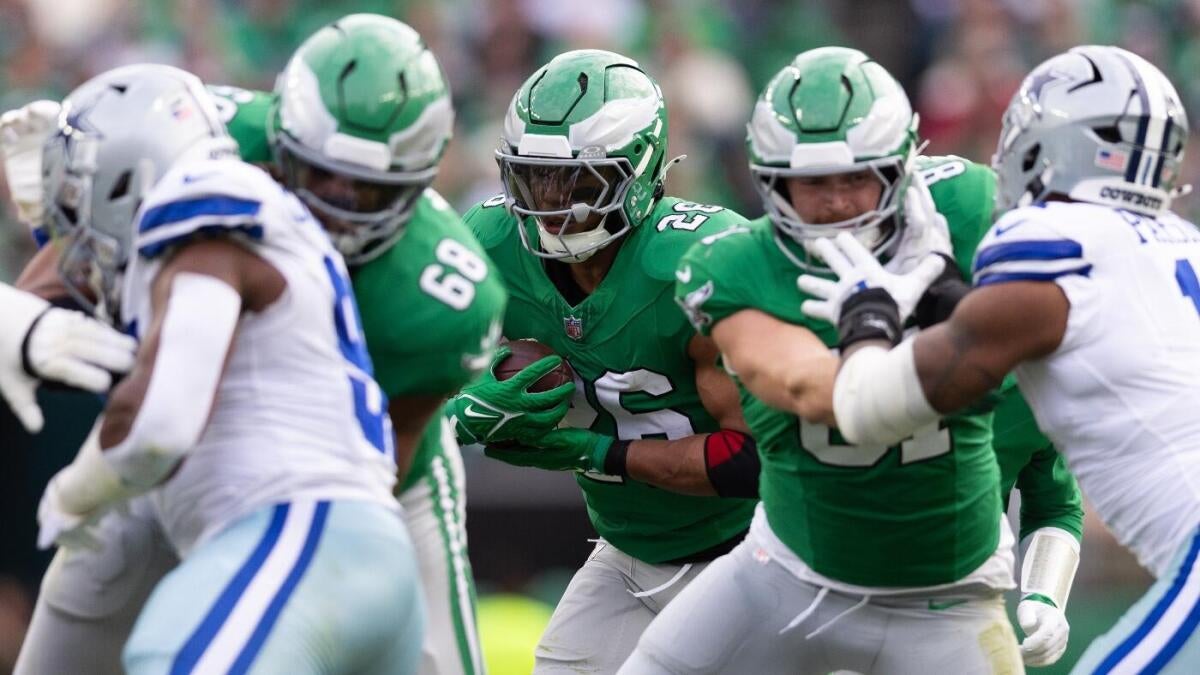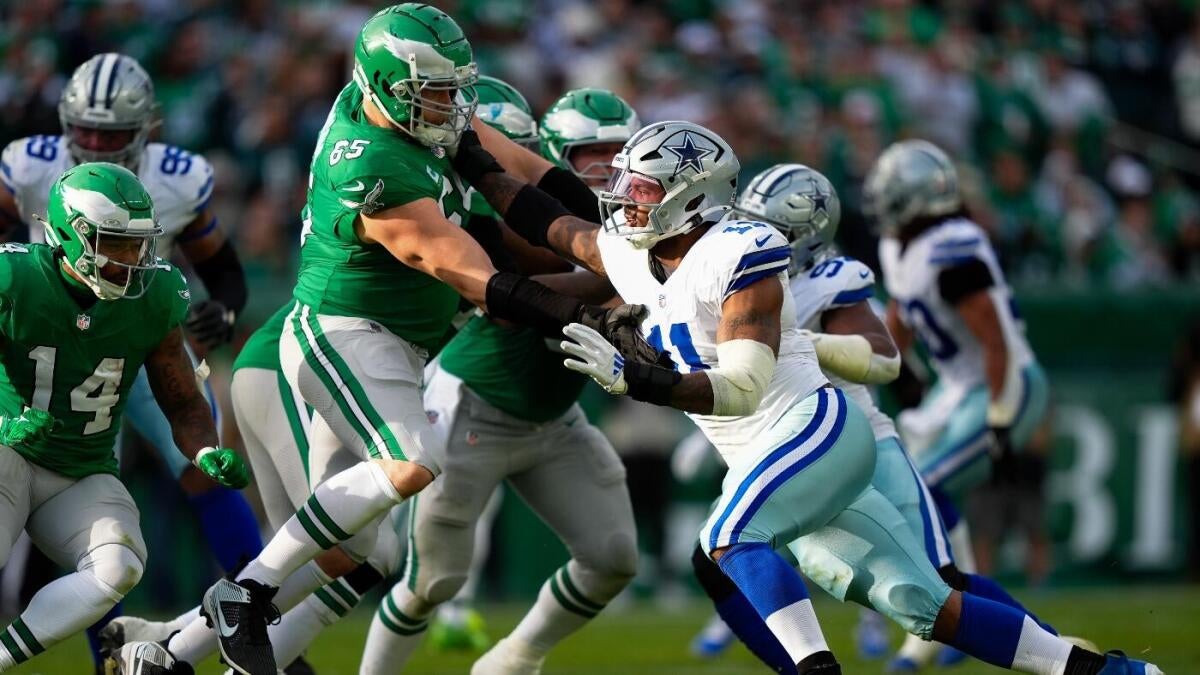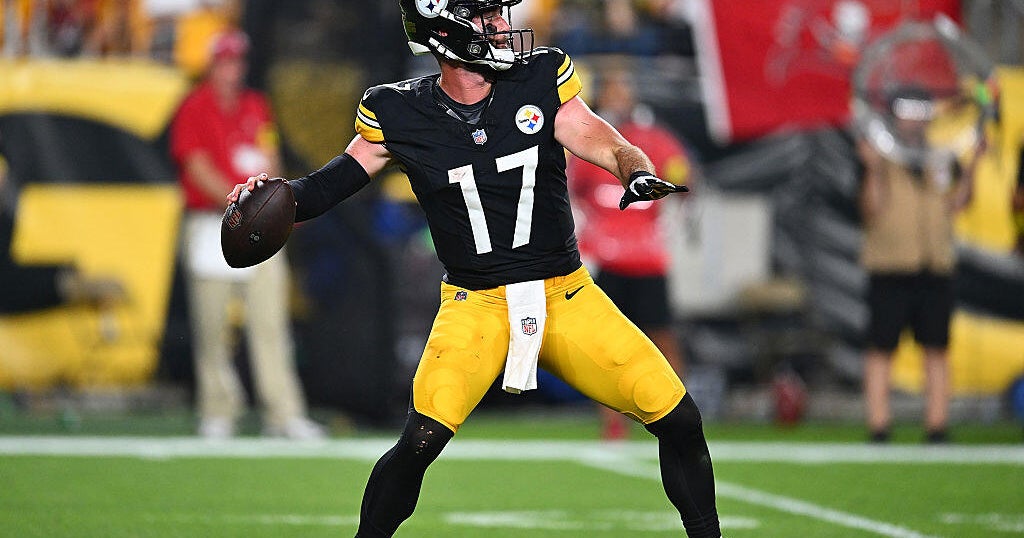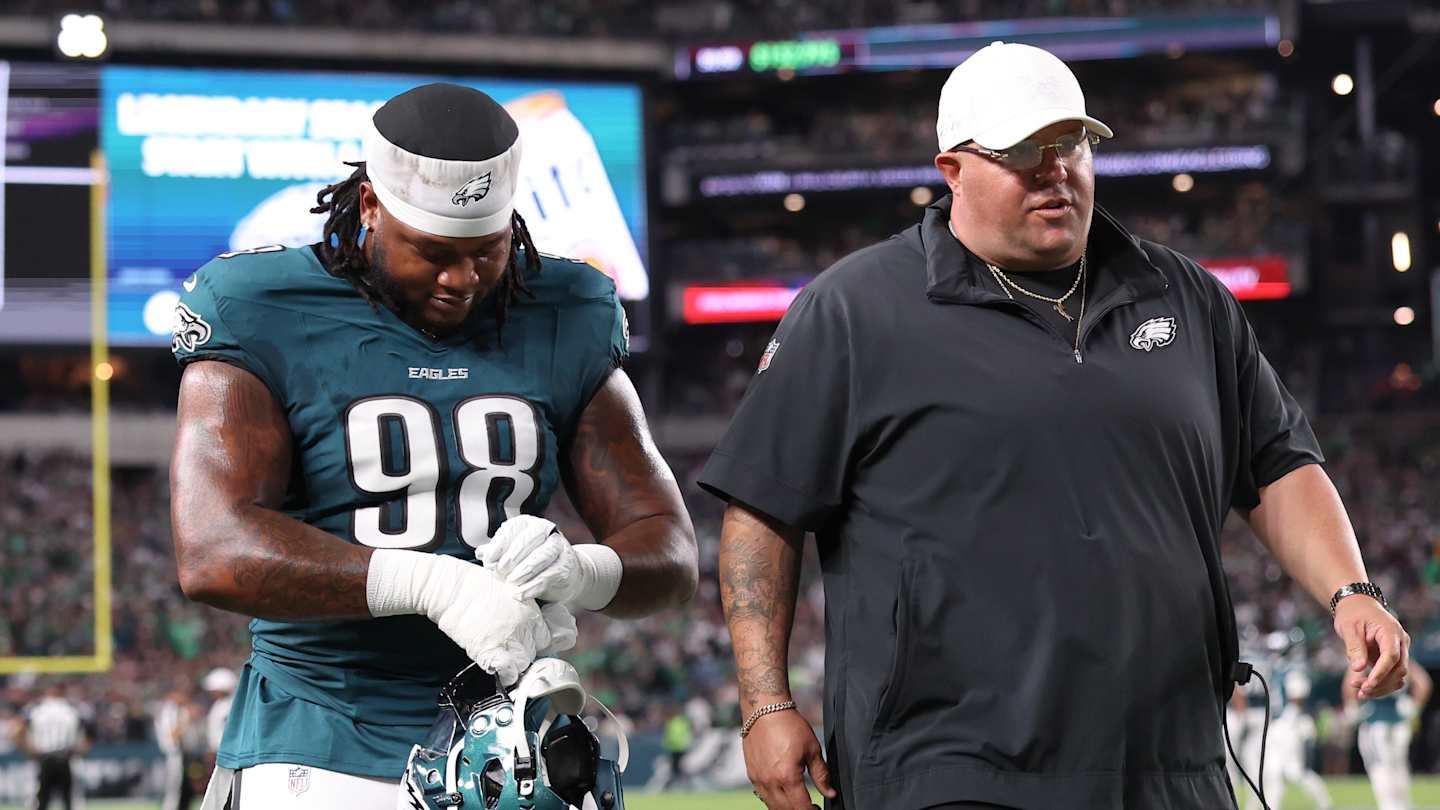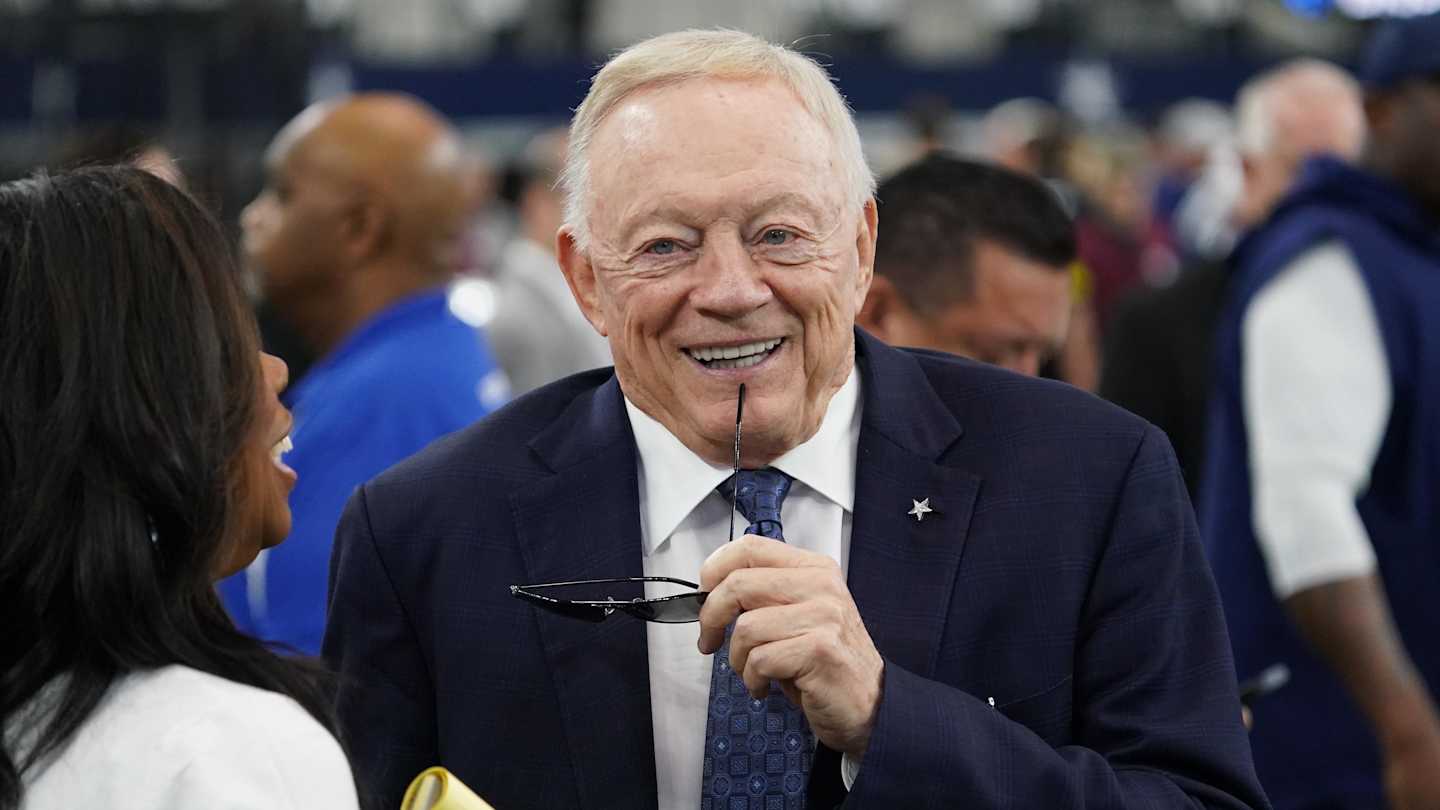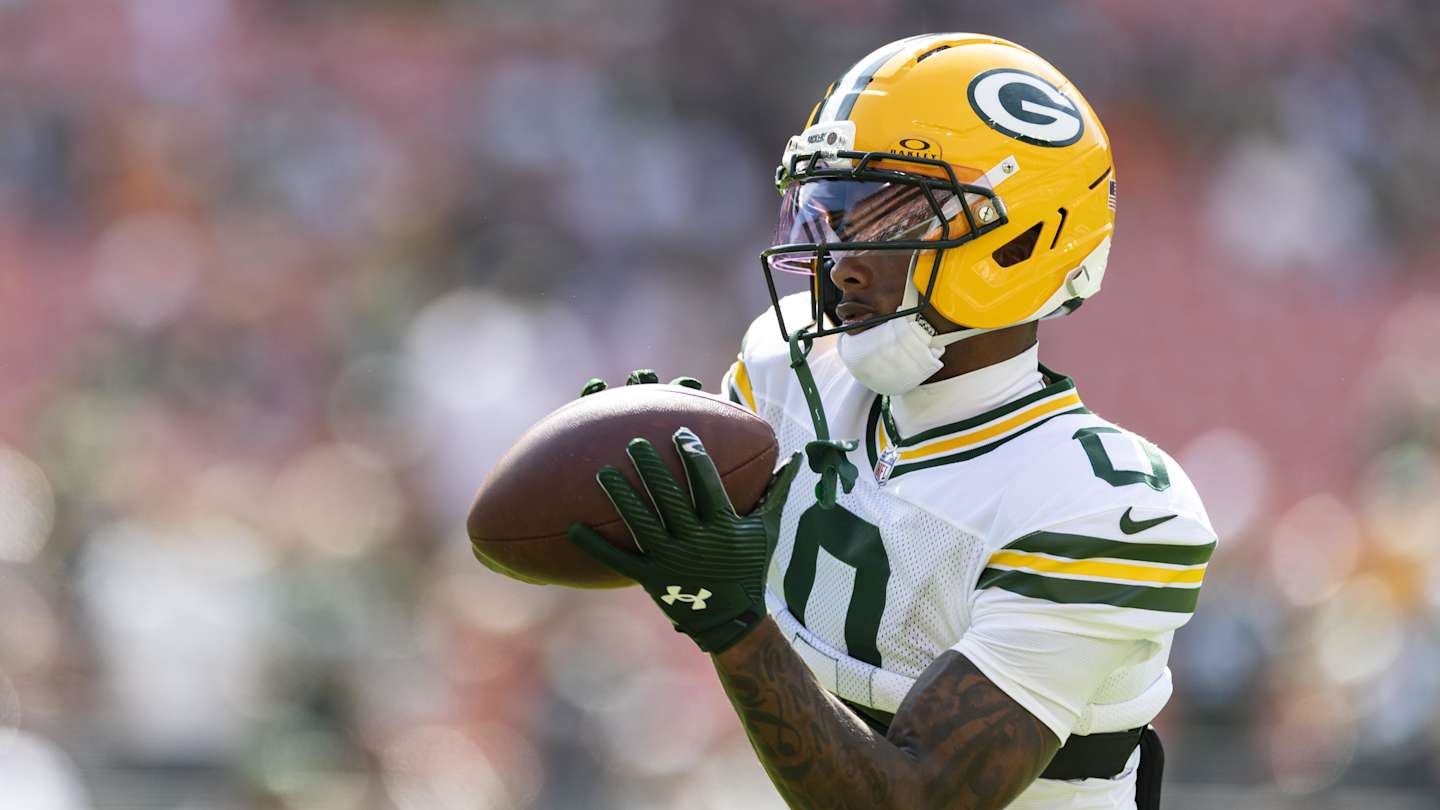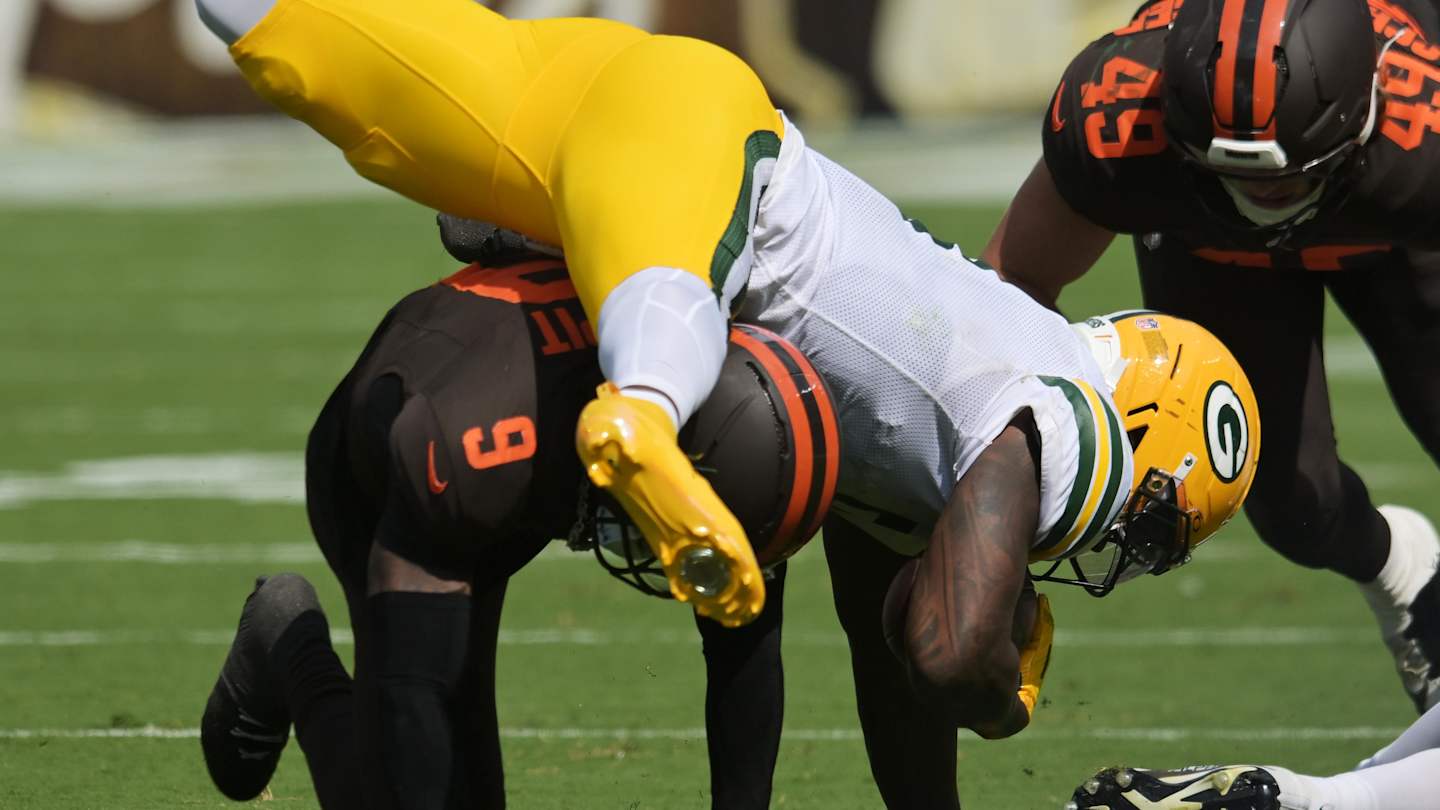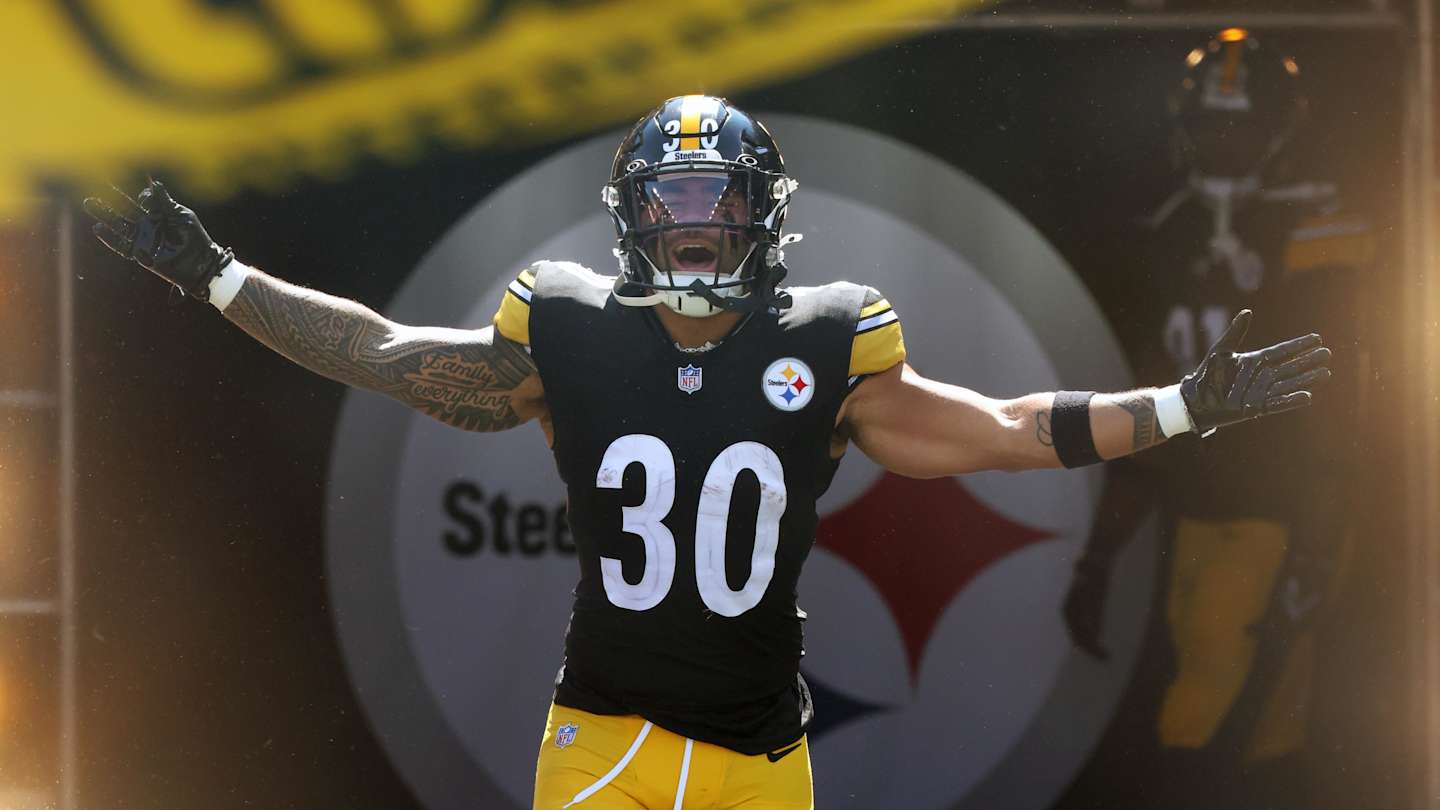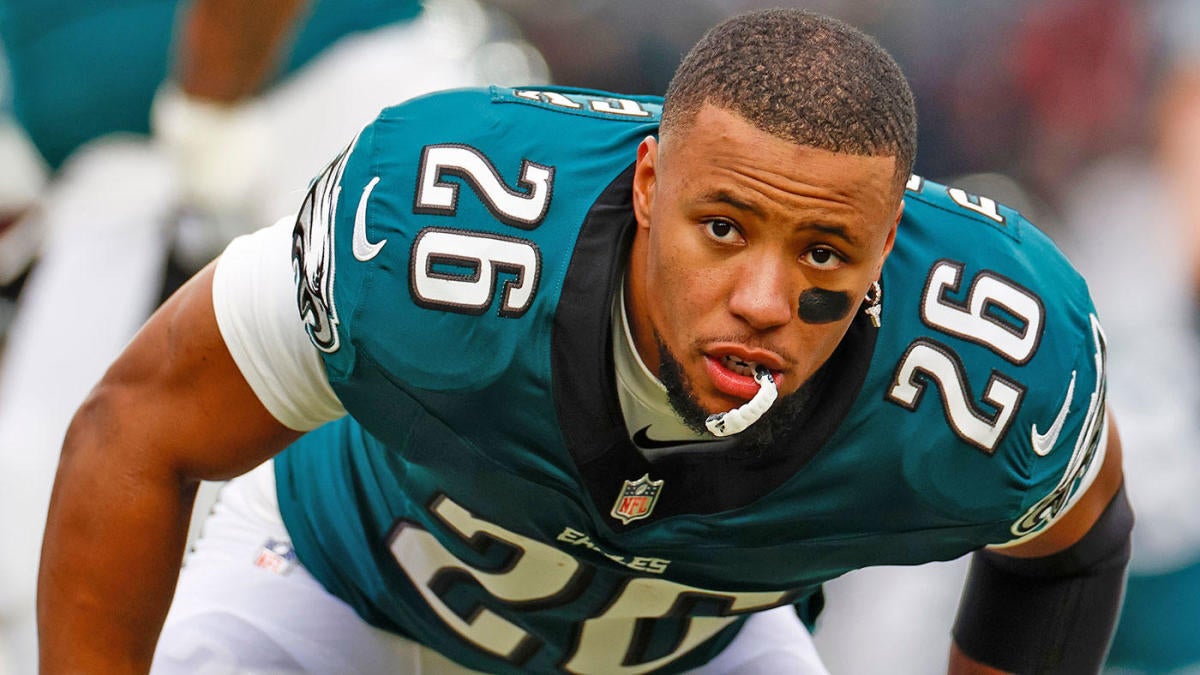
When asked to describe Saquon Barkley ahead of Super Bowl LIX, A.J. Brown didn’t hesitate, calling his Philadelphia Eagles teammate “one of the best.” It’s a sentiment born from a shared narrative: two years after Brown’s arrival electrified the Eagles, Barkley provided a similar, arguably even more explosive, spark, propelling the team to new heights.
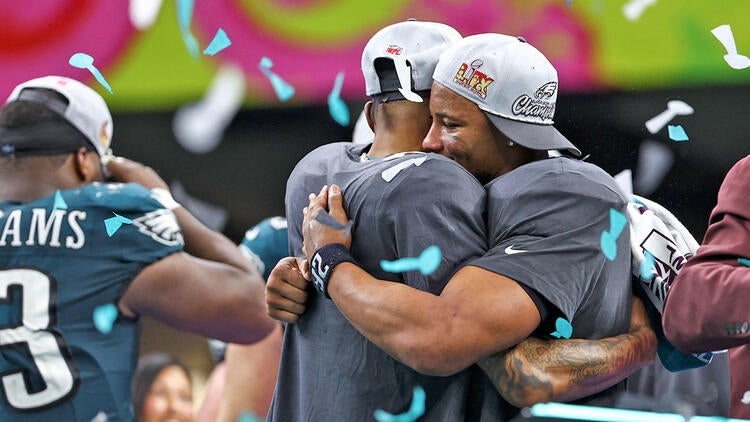
From Penn State Prodigy to NFL Force
Barkley’s potential was evident from his Penn State days, hailed as a prospect capable of “altering the course of an offense.” NFL Media’s scouting report even drew comparisons to the legendary Barry Sanders. The New York Giants defied conventional wisdom, selecting Barkley second overall in the 2018 NFL Draft, a high pick for a running back in an increasingly pass-heavy league. Yet, Barkley’s rare blend of explosive burst, 230-pound frame, and powerful legs justified the investment.
His rookie season immediately confirmed his generational talent, with over 2,000 scrimmage yards, including a remarkable 229 against the Eagles in his debut. However, the Giants’ failure to build a competitive team around him forced Barkley to constantly overcome inadequate quarterback play and blocking. This toll eventually manifested in injuries: a torn ACL in his third season and a badly rolled ankle in his fourth.
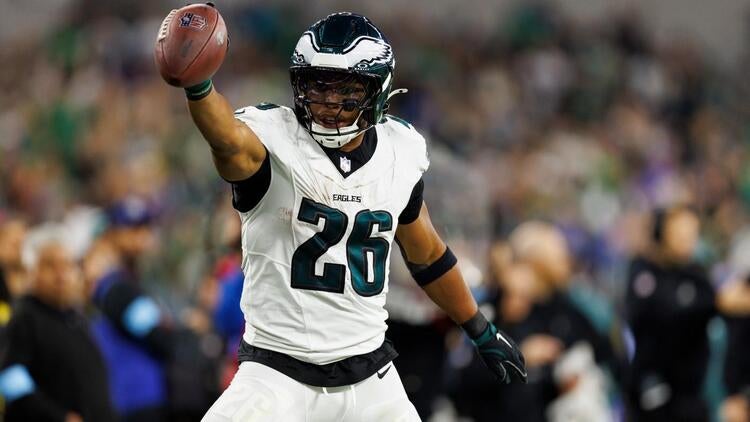
Despite a resurgent 2022 season that saw him carry the Giants to a surprise playoff berth, the team deemed him expendable, setting the stage for his dramatic move to Philadelphia.
The Philadelphia Rebirth: A Shocking Pivot
The Giants’ decision not to commit long-term to Barkley allowed him to test the open market in the 2024 offseason. General Manager Joe Schoen framed it as being in Barkley’s best interest, while Giants owner John Mara famously quipped on HBO’s “Hard Knocks,” “I’m going to have a hard time sleeping if Saquon goes to Philadelphia.”
Mara’s fears became reality. Barkley signed with the Eagles, a move that sent shockwaves through the NFL. The Eagles, historically averse to investing heavily in running backs, had won a Super Bowl in 2017 with a committee approach. So, why the change of heart for a team that had just fallen short of another Super Bowl two years prior?
The answer was simple: Barkley wasn’t just a running back; he was a superstar without a proper home, a champion-caliber talent lacking the support to achieve his full potential. Leaving the Giants proved to be the catalyst for Barkley’s resurgence, but it was equally transformative for the Eagles.
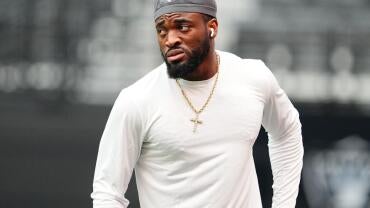
With Jalen Hurts already a dual-threat quarterback, Barkley provided the NFL’s most gifted running mate, forcing defenses to stretch thin and wear down. The Eagles’ formidable offensive line, featuring titans like Jordan Mailata and Lane Johnson, needed only to create the slightest opening for Barkley to explode for massive gains.
Running Since Childhood: A Story of Resilience
Barkley’s journey to stardom was paved with adversity long before his NFL struggles. His childhood was marked by tumult, including his father’s incarceration and a period of homelessness when he was six. Despite these challenges, Barkley speaks highly of his parents, whose eventual reunion provided a stable path for their children. This bumpy beginning instilled in him an unwavering desire to carry himself with integrity, both on and off the field.
In 2024, the Eagles didn’t just unlock Barkley’s athletic prowess; they unleashed one of the greatest seasons by any player in NFL history. His 2,005 rushing yards became the most in franchise history and the eighth-most all-time. Six of his 20 total touchdowns (including playoffs) were “home runs” of over 60 yards, featuring unforgettable moments like a backwards hurdle against the Jaguars and a 78-yard dash through the snow against the Rams in the playoffs.
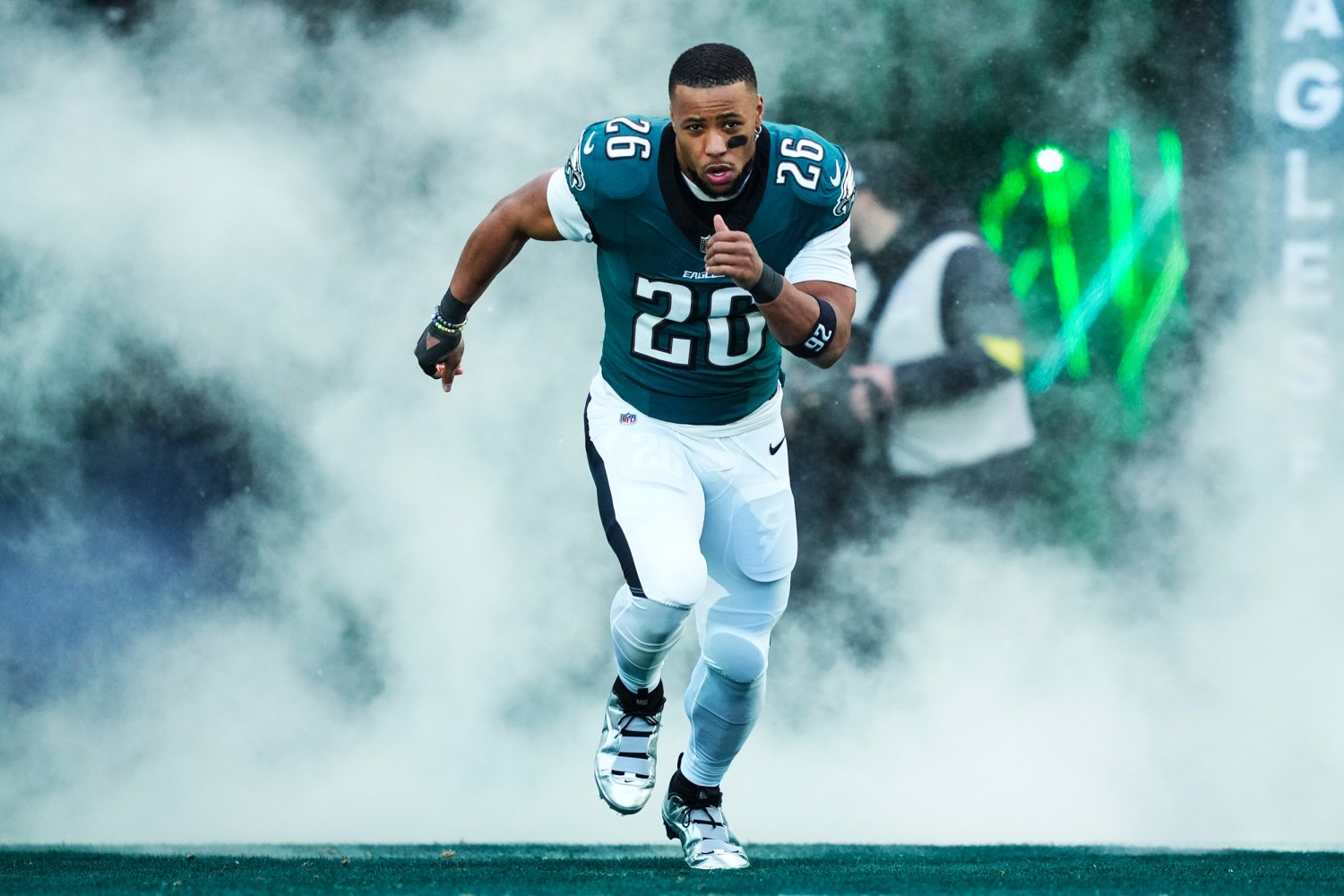
Beyond the statistics, Barkley became an engineer of the Eagles’ locker-room turnaround. His infectious giddiness revitalized a team that had ended 2023 in deflation. He publicly refused to criticize the Giants, happily ceded goal-line opportunities, and even obliged Coach Sirianni’s request to sit out the season finale despite being on the cusp of breaking the league’s single-season rushing record. Why? Because, at last, Barkley had found a family, a home. His historic season wasn’t about erasing past bruises; it was about how those bruises prepared him for this triumphant comeback. Cody Benjamin’s book “Flying Through Fire” further chronicles how Eagles standouts turned failure into fortune during the team’s Super Bowl run, a narrative perfectly embodied by Barkley.
The Super Path Forward: A Legacy Beyond the Field
The day before Super Bowl LIX, Barkley shared a celebratory dinner with former Giants teammate Parris Campbell, now an Eagles backup receiver. Their conversation centered on the “blessing” of their journeys, a testament to resilience and the transformative power of a supportive environment. Campbell, who had contemplated early retirement after years of injuries, credited Coach Sirianni and his growing bond with Barkley for keeping him in the game.
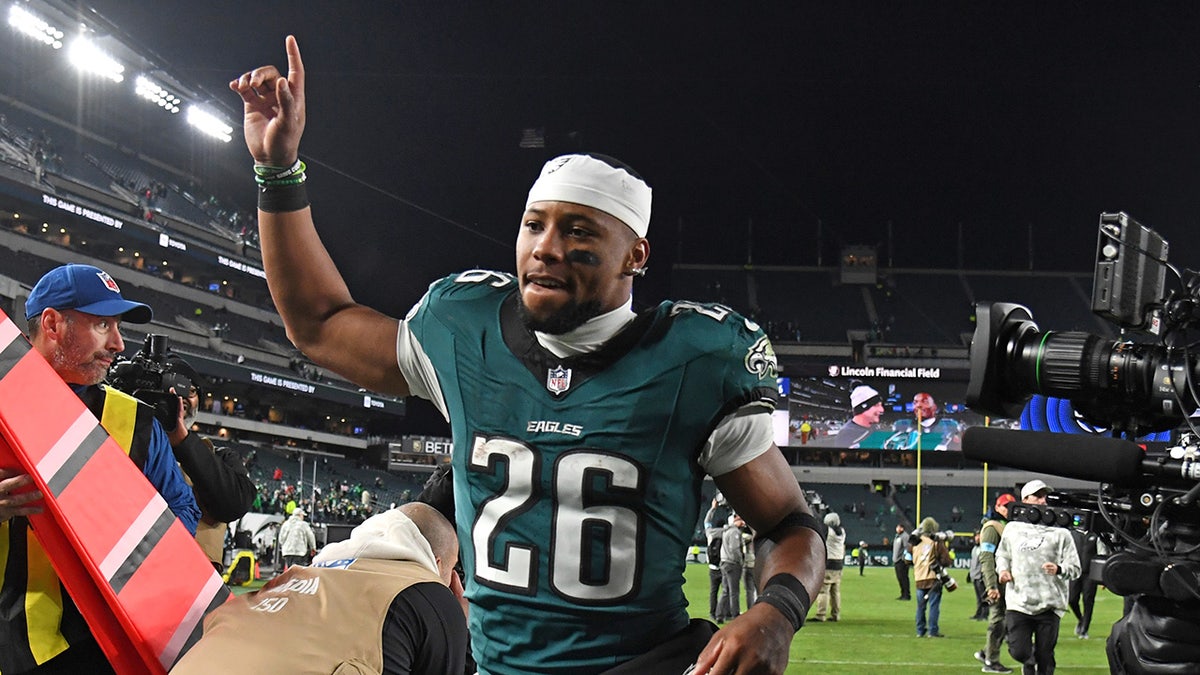
Super Bowl Sunday brought further alignment: Campbell was activated, and Barkley celebrated his 28th birthday with the Lombardi Trophy, his daughter Jada, and son Saquon Jr. Days later, Barkley’s commitment to others shone through when he joined A.J. Brown on a FaceTime call to a 10-year-old plane crash survivor, even declining a “Tonight Show” appearance unless all five of his offensive linemen could accompany him.
“I mean, it’s bigger than football,” Barkley told CBS Sports. “I love the things that I’m able to do on the football field, but I wanna expand and get better at the things I’m able to do off the field. That’s how I wanna be remembered: by making an impact in my community.”
Saquon Barkley’s journey with the Eagles is more than a sports story; it’s a testament to the power of perseverance, the importance of finding the right fit, and the profound impact one individual can have, both on and off the field. The climb was arduous, but the reward, for Barkley, for his teammates, and for the community he touches, has been immeasurably sweet.

